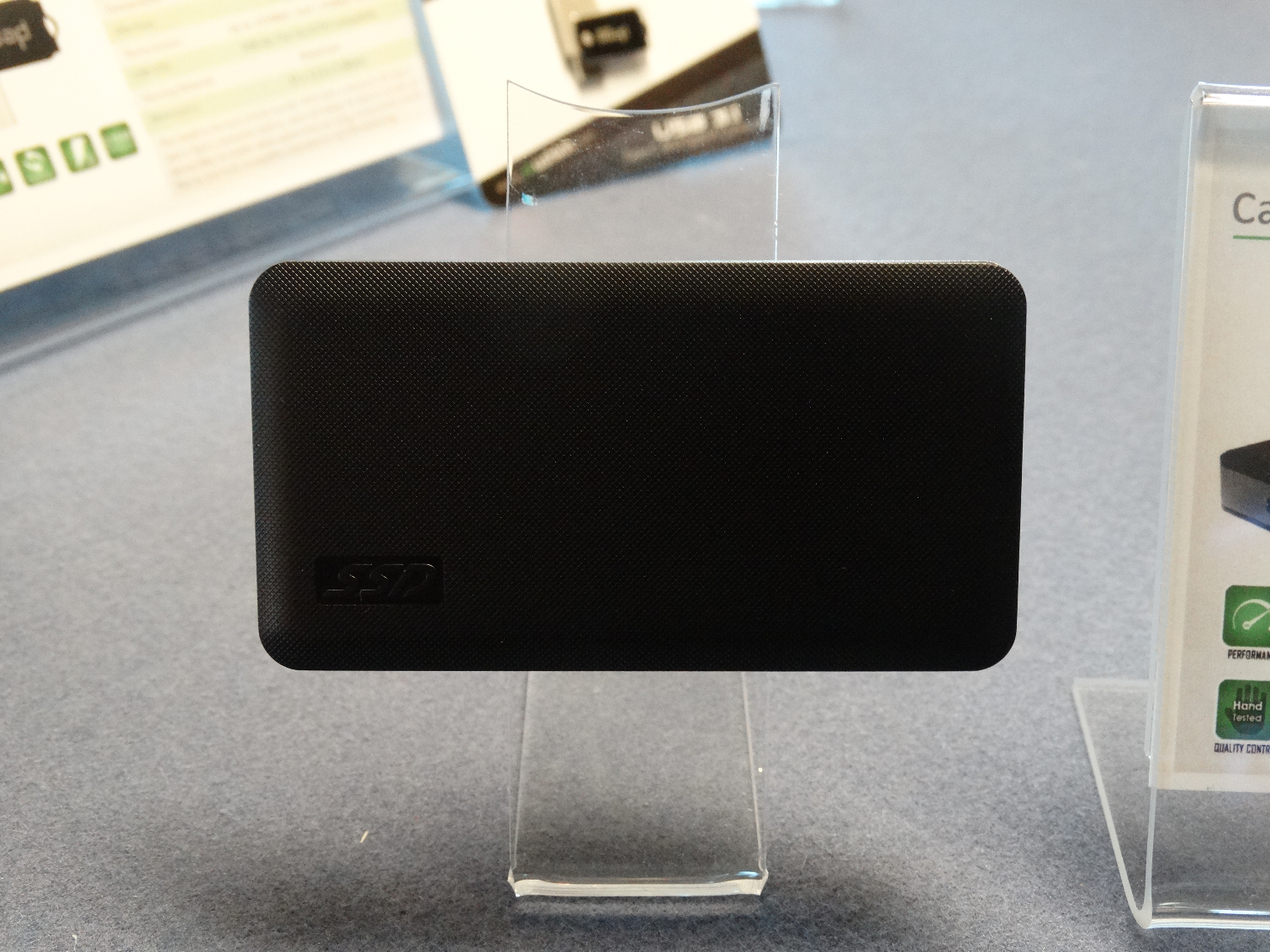Mushkin Is Rolling Out Six 3D SSDs In 2018
LAS VEGAS, NV -- Mushkin tapped Taiwan SSD controller designer Silicon Motion, Inc for its 2018 line up. At CES 2018, was saw the full product line coming to market in the coming months from this legendary enthusiast brand.
On tap are three NVMe products using the latest 1.3 protocol. The SM2262EN, SM2262, and SM2263XT DRAM-less HMB controllers fill the NVMe roster. Mushkin has every new SMI controller in the lineup expect for the mainstream SM2263. The company will have a heavy focus on the M.2 form factor—even the SATA AHCI Triactor 3DL will also ship in a M.2, but the new Triactor 3DX will feature a standard 2.5" design.
| Product | Pilot-E | Pilot | Helix-L | Triactor 3DX | Triactor 3DL |
|---|---|---|---|---|---|
| Controller | SMI SM2262EN | SMI SM2262 | SMI SM263XT | SMI SM2258 | SMI SM2258XT |
| Interface / Protocol | PCIe 3.0 x4 / NVMe 1.3 | PCIe 3.0 x4 / NVMe 1.3 | PCIe 3.0 x4 / NVMe 1.3 | SATA 6Gb/s / AHCI | SATA / AHCI |
| Form Factor | M.2 2280 | M.2 2280 | M.2 2280 | 2.5" 7mm | M.2 2280 |
| NAND Flash | 64L 3D | 64L 3D | 64L 3D | 3D | 64L 3D |
| DRAM | Yes | Yes | DRAM-less | Yes | DRAM-less |
| Capacities | 250GB - 2TB | 120GB - 2TB | 120 - 1TB | 120GB - 1TB | 120GB - 1TB |
| Sequential Read | 3,500 MB/s | 3,200 MB/s | 2,400 MB/s | 565 MB/s | 550 MB/s |
| Sequential Write | 3,000 MB/s | 1,900 MB/s | 1,700 MB/s | 530 MB/s | 505 MB/s |
| Random Read | 370,000 IOPS | 370,000 IOPS | 280,000 IOPS | 100,000 IOPS | 73,000 IOPS |
| Random Write | 300,000 IOPS | 300,00 IOPS | 250,000 IOPS | 91,000 IOPS | 80,000 IOPS |
Mushkin was the only manufacturer at the show with a SM2262EN on display (that we saw; it's a big show). The SM2262EN is a true premium class NVMe controller with its sights set on the Samsung 960 Pro and rumored 980 (OEM PM981 Review Here). Mushkin tells us to expect up to 3,500 / 3,000 MB/s sequential read / write speeds from the Pilot-E. Random performance reaches as high as 370,000 / 300,000 IOPS read / write with capacities lifted up to 2TB in a double-sided M.2 2280 for factor.
The Pilot NVMe 1.3 SSD uses the more mainstream SM2262 controller and also reaches up to 2TB. This drive shares the Pilot-E's random performance numbers but loses some sequential performance. With up to 3,000 / 1,900 sequential read / write speeds, the Pilot will still offer more performance than most NVMe SSDs shipping today. It will be interesting to see the price gap between these two speedy products.
The upcoming Helix-L uses the SMI SM2263XT DRAM-less architecture with Host Memory Buffer (HMB) technology that was rolled out in the Windows 10 Fall Creators Update. We've tested the SM2263XT in the lab and were very impressed with the performance. Mushkin's implementation will ship in 120GB to 1TB sizes with up to 2,400 / 1,700 sequential read / write speeds. Random performance reaches as high as 280,000 IOPS read and 250,000 IOPS write speeds. If your system doesn't support HMB you will lose around 30,000 random read IOPS.
We cover HMB technology in our article but don't mind giving you a primer here. The manufacturers can use HMB to remove the DRAM from the SSD. The DRAM caches the map table on the SSD, where you data is at, the order, and so on. This new technology uses a small amount of your system memory (RAM) to cache the map table. The data passes through the PCIe bus with special instructions for the CPU to pass the data directly to RAM. The technology reduces the component costs by eliminating the memory on the SSD and making the SSD controller less complicated to design and manufacture.
Mushkin has two SATA products ready for release in 2018. The Triactor 3DX uses a SM2258 controller like the Crucial MX500 (review here). We will need to see how efficient Mushkin can implement an SLC cache for this series to know how well it performs in real-world consumer workloads. The Triactor 3DL uses the SMI SM2258XT DRAM-less controller that we've also tested but not with new 64-layer 3D NAND that increases the performance and endurance.
Get Tom's Hardware's best news and in-depth reviews, straight to your inbox.
Mushkin CarbonEXT


The CarbonEXT uses a USB 3.1 Gen 1 (5Gb/s) to deliver up to 450 MB/s sequential read and write speeds. Mushkin expects flash to become cheap enough in 2018 for the technology to become viable for more users to replace spinning disk for every storage device in their personal arsenal. The external SSD market started with Kingston (HyperX Portable) and OCZ (ENYO) back in 2010. In 2018, the category may expand into the mainstream, but for that to happen the fabs will have to pump out low-cost flash in volumes we've never seen before.

Chris Ramseyer was a senior contributing editor for Tom's Hardware. He tested and reviewed consumer storage.
-
Blatantruth Came for the article. Left because of the autoplay video without ability to pause it.Reply
